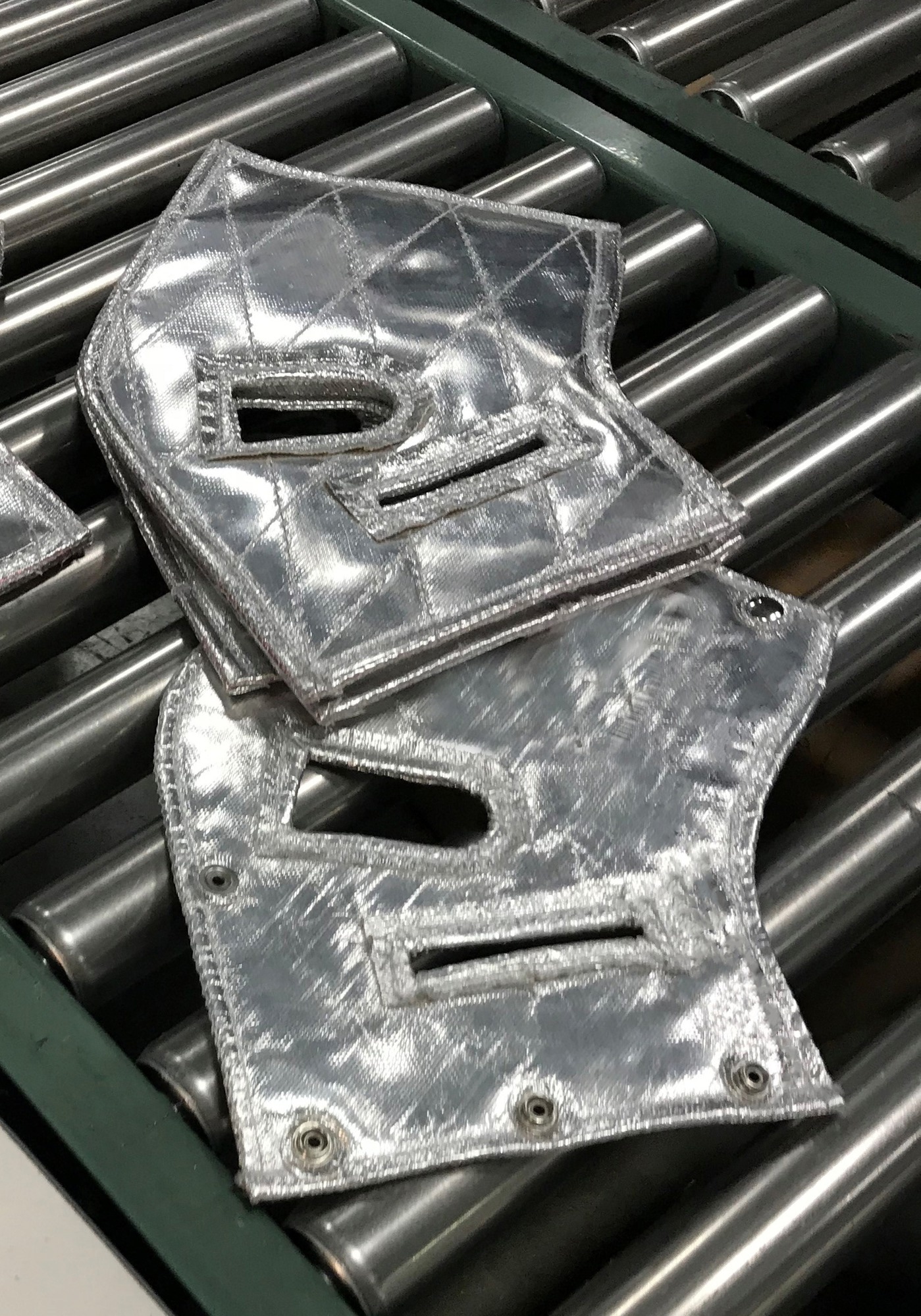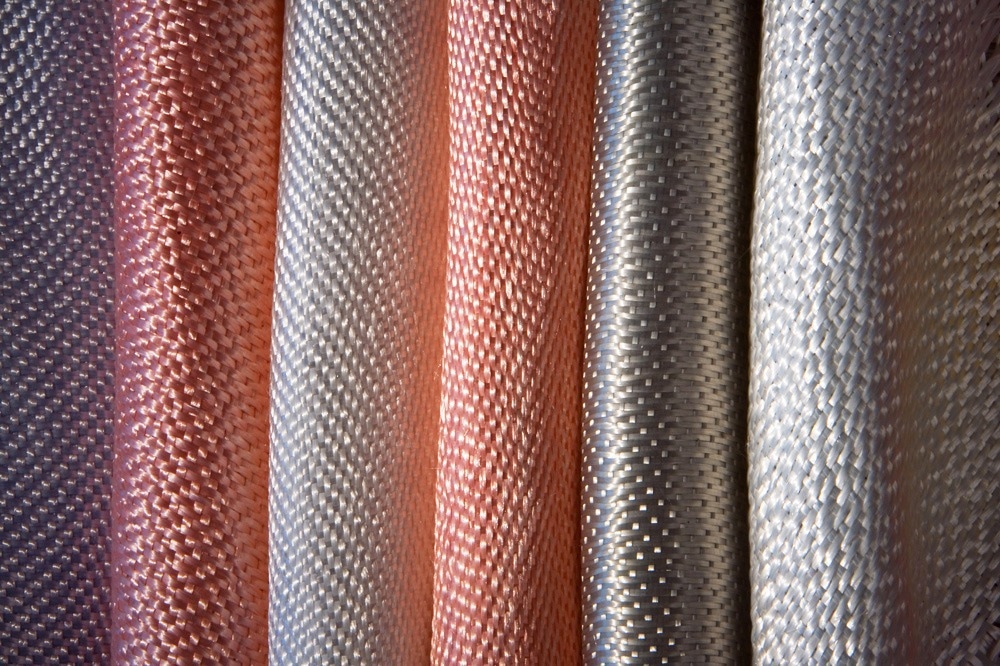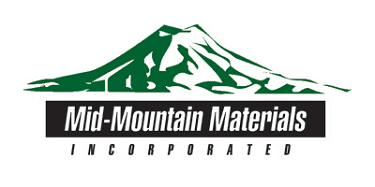In this interview, industry expert Gretchen Reimbold discusses the critical role of thermal insulation in aviation and how innovative materials are shaping the future of aerospace performance and safety.
Thermal insulation is essential in aircraft design. Can you give us an overview of why it is such a pivotal part of modern aviation systems?
There are several reasons why thermal insulation is critical in modern aviation systems.
The first is temperature regulation, which ties directly into the second: passenger and crew comfort. Aircraft are subjected to extreme external temperatures - as low as -76 °F (-60 °C) - while cruising at altitudes of 30,000 to 40,000 feet. Thermal insulation helps minimize thermal gradients and drafts, maintaining a stable and comfortable cabin temperature. It also protects sensitive electronic equipment from both external cold and internal heat, ensuring optimal performance and reliability.
A third reason thermal insulation is essential is structural protection. Condensation can lead to corrosion in the airframe and degradation of other components. Insulation helps safeguard hydraulic systems, fuel lines, and wiring from temperature-related damage.
Energy efficiency is a fourth, but equally important, reason for using thermal insulation in aircraft design. By reducing the load on environmental control systems (ECS) - which include air conditioning, heating, and ventilation - insulation helps lower fuel consumption and emissions. This not only cuts operational costs but also supports sustainability goals.
A secondary benefit of thermal insulation in aircraft is noise reduction. While its primary function is thermal protection, insulation also dampens engine noise, structural vibrations, and wind, resulting in a quieter cabin environment and reduced fatigue for both crew and passengers.

Image Credit: Mid-Mountain Materials, Inc
How does thermal insulation contribute to overall aircraft performance and fuel efficiency, particularly in commercial or military aviation?
Aircraft performance and fuel efficiency are at the forefront of innovating thermal insulation for both commercial and military aviation. While these are two very different types of aircraft, thermal insulation optimizes energy use, protects systems, and allows for lightweight design in both cases.
Reducing the ECS load is a very important function of thermal insulation. Regulating temperature and cabin pressure in commercial aircraft is incredibly energy-intensive, especially on long-haul flights. Effective insulation minimizes heat loss or gain, reducing the amount of power needed for heating, cooling, and ventilation. If less power is needed, ECS components can be smaller - reducing weight and, in turn, fuel consumption.
Which brings us directly to improved fuel efficiency. If the energy required to maintain cabin conditions is reduced, a lower fuel burn will follow. And on long-haul commercial flights, lower fuel burn translates into significant operational savings over time.
For both military and commercial aviation, protecting avionics and critical systems is crucial. Thermal insulation shields against extreme temperature swings, improving system performance and reliability. Fewer system failures mean fewer maintenance-related delays (which no one enjoys) and less downtime - both of which improve operational efficiency.
Lightweight insulation materials are also essential, as weight reduction is a major priority for aircraft engineers. Aerogels and advanced composites are among the modern insulation materials now being used in the industry, along with high-performance lightweight fabrics that are fabricated into seals and components. A lighter aircraft consumes less fuel and can carry more payload or passengers without sacrificing performance.
What are the main thermal and environmental challenges that aircraft insulation materials must address during flight?
During flight, thermal insulation materials must manage thermal, environmental and performance challenges in the face of extreme and rapidly changing conditions. And there are many challenges to manage:
- Temperature variations – protect from temperature swings.
- Heat transfer control - minimize heat loss and prevent heat gain in hot zones.
- Pressure differentials – retain shape and performance under low-pressure, high-altitude situations.
- Moisture and condensation – cabin humidity combined with cold skin temperatures increases condensation inside the cabin walls.
- Fire resistance and toxicity – strict aviation standards require insulation materials to emit minimal smoke and toxic gasses and be non-flammable or self-extinguishing.
- Durability and aging resistance – must withstand vibration, flexing, UV exposure and chemical exposure.
Could you walk us through the process of selecting or engineering a thermal insulation material for aerospace applications?
Our process to select thermal insulation materials or components for our customers is very collaborative, and we govern our selection process with a combination of technical, regulatory, economic, and safety criteria.
Having a full understanding of the application and its challenges is the starting point. Is the application for a new aircraft, or is the customer looking to replace thermal insulation that hasn’t been performing on existing aircraft? If so, what was the failure and what type of material was being used? If this is a space application, what conditions will the spacecraft be exposed to? The questions go on!
The end result is to determine which materials will meet the expectations of thermal performance, mechanical properties, weight and density, moisture and chemical resistance, regulatory compliance, etc., for the application. In order to select the most effective material for the application, key criteria need to be understood, and having a collaborative relationship helps us find the best solution.
With the push for lighter, more efficient aircraft, how do insulation materials balance thermal performance with weight constraints?
Great question, as that is always the challenge in aerospace insulation design. There has been a lot of progress in materials science, developing materials that have high thermal efficiency with minimal density and thickness.
Metalized films, aerogels, multi-layer insulation (MLI), vacuum insulated panels (VIPs) and fibrous mats (ceramic fiber, glass wool) have key properties that balance weight constraints with thermal performance.
Based on their location, the exposure they will encounter, and the performance requirements, these materials could be used alone or combined into a component. There are other emerging options that will reduce weight while maintaining or improving thermal control: Lightweight heat buffers, nanomaterials, and 3D-printed insulation structures.

Image Credit: Mid-Mountain Materials, Inc
Are there any recent advancements in insulation technologies that you believe are game-changers for the aerospace industry?
Absolutely, and a few are listed above! Flexible aerogels are a great example. Aerogels have extremely low thermal conductivity but were known to be very fragile and brittle in the past. Advancements in materials science have yielded silica aerogels that are polymer-reinforced, which gives this ultra-lightweight material more flexibility and durability.
Another advancement is multi-functional insulation systems. Materials are being combined to address not only thermal requirements, but also acoustic, fire-resistant, and structural requirements in one product. A great example is a composite sandwich panel that combines insulating foam cores, vibration dampers, and fire barriers. Vacuum insulation panels will be a game changer for select aerospace uses, such as space habitats, as they have 10x the thermal resistance of foam at a similar thickness.
From a safety perspective, how do insulation materials help mitigate risks related to extreme temperatures or fire?
The beauty of insulation materials lies in their multifunctionality - they're engineered not only for thermal efficiency but also to protect systems, structures, and occupants. Many are designed with fire-retardant properties or intumescent coatings that help prevent or delay the ignition and spread of fire within the aircraft.
As mentioned earlier, thermal insulation materials such as aerogels, multi-layer insulation, foil-faced composites, and phase-change materials are used to guard against extreme temperature variations. At high altitudes, aircraft are exposed to extremely cold conditions, while areas near ducts, engines, or sun-facing surfaces can experience intense heat. Insulation helps manage both extremes effectively.
Mid-Mountain has a strong reputation for high-temperature-resistant materials. Can you talk us through how your aerospace solutions differ from conventional insulation products?
Mid-Mountain is a company that is deeply rooted in materials science, and product development is at the core of everything we do. Our aerospace solutions differ from conventional insulation products because we collaborate with our customers to truly understand their challenge/and or application, and then we look beyond our walls for a solution if we don’t have it with existing materials.
Understanding if there are other factors in play, such as vibration resistance or fire suppression, allows to us engineer one product to address each factor rather than provide several conventional products which contribute to the weight and cost of the aircraft.

Image Credit: Mid-Mountain Materials, Inc
How does Mid-Mountain approach innovation when it comes to meeting the evolving demands of aerospace manufacturers?
Having that solid background in materials science and utilizing a global supply chain gives us the opportunity to search the world for alternatives that may improve efficiency and performance in aircraft.
The saying, “you don’t know what you don’t know,” comes into play here. We know what works, but unless we remain committed to researching and learning, we won’t know if something works better. We also get creative with the manufacturing process through automation, AI, and data analytics that provide insight into best practices.
What trends or shifts do you anticipate in the aerospace insulation market over the next five to ten years?
I believe sustainability goals are going to continue to trend upwards in the aerospace industry, and the demand for lighter-weight and more eco-friendly insulation materials will increase. With private space travel gaining momentum, as well as lunar missions, insulation materials will need to evolve to resist incredibly extreme temperatures, -200 °C to +200 °C.
While the demand surges to design electric and hybrid aircraft, the need for thermal management around batteries and power electronics in aircraft will surge as well. It will be interesting to see how it develops. In five to ten years, there will be as great a need for thermal insulation in aircraft, but it will definitely look different with the advancements that are currently underway!
About Gretchen Reimbold 
Gretchen Reimbold holds a Bachelor’s degree in Communications with a focus on Broadcast Journalism from Washington State University. She serves as COO of Mid-Mountain where she has worked since 1990. She leads Operations, HR, and Marketing, helping drive the company’s growth in advanced thermal and environmental protection solutions across multiple industries.

This information has been sourced, reviewed and adapted from materials provided by Mid-Mountain Materials, Inc.
For more information on this source, please visit Mid-Mountain Materials, Inc.
Disclaimer: The views expressed here are those of the interviewee and do not necessarily represent the views of AZoM.com Limited (T/A) AZoNetwork, the owner and operator of this website. This disclaimer forms part of the Terms and Conditions of use of this website.